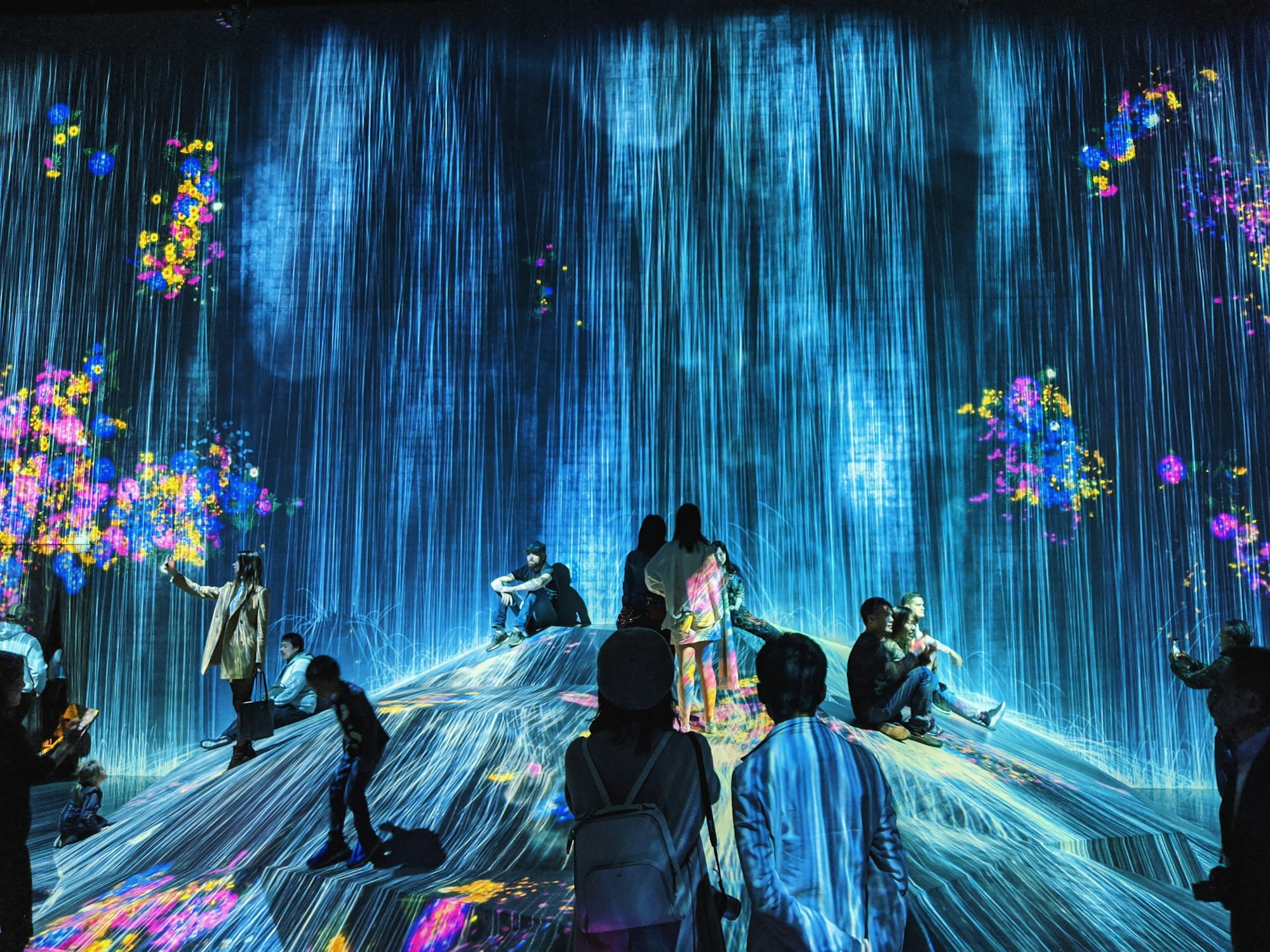Revolutionizing Digital Art: The Impact of DALL·E on Creative Expression

In the realm of digital art, the introduction of DALL·E by OpenAI represents a transformative leap forward, merging the boundaries of artificial intelligence with human creativity. This advanced AI model, designed to generate images from textual descriptions, has not only showcased the potential of machine learning in artistic creation but also sparked a reevaluation of the creative process itself. This article explores the evolution of DALL·E, its implications for artists and the art industry, and the future of digital art in an AI-driven world.
Unveiling DALL·E: A New Era of Artistic Possibility
DALL·E, a portmanteau of "Salvador Dalí" and "WALL·E," underscores OpenAI's ambition to blend the inventive genius of the famed surrealist painter with the technological sophistication of modern AI. The model's ability to interpret and visualize complex textual prompts into detailed images has opened up unprecedented avenues for creative exploration. From whimsical creatures to futuristic landscapes, DALL·E transforms words into visual realities, pushing the limits of what can be imagined and realized through digital art.
The Technology Behind the Canvas
At the heart of DALL·E's innovation is a sophisticated neural network architecture capable of understanding and translating textual descriptions into visual content. This process involves deep learning algorithms trained on vast datasets of images and text, allowing DALL·E to recognize patterns, styles, and elements that it can recombine into new, coherent images. The result is a tool that can generate unique, high-quality artwork from simple sentences, bridging the gap between conceptualization and creation.
Empowering Artists and Redefining Creativity
DALL·E's impact on the digital art community has been profound, offering both challenges and opportunities. For artists, DALL·E serves as a collaborative partner, providing a new medium to experiment with and expand their creative horizons. It enables the visualization of ideas that may be difficult or impossible to render by hand, thereby democratizing the creative process and allowing for more inclusive participation in the arts.
However, DALL·E also raises questions about originality, authorship, and the value of human versus machine-generated art. As AI becomes more integrated into the creative process, the art community is grappling with these philosophical and ethical dilemmas, sparking debates that will likely shape the future of artistic expression.
Transforming the Art Market and Beyond
The advent of DALL·E has implications that extend beyond individual creativity, potentially transforming the art market and broader cultural landscape. For instance, DALL·E-generated images can offer new forms of visual content for industries such as advertising, entertainment, and education, blending creativity and utility in novel ways.
Moreover, the integration of DALL·E with blockchain technology and NFTs presents exciting possibilities for digital art ownership and distribution. By creating unique, AI-generated artworks that can be authenticated and sold as NFTs, DALL·E contributes to the evolving digital economy, blurring the lines between art, technology, and commerce.
Navigating the Future of Digital Art with DALL·E
As we look to the future, the role of AI like DALL·E in digital art continues to evolve. The ongoing development of more sophisticated models promises even greater capabilities and complexities in AI-generated art. This progress challenges the art world to reconsider the nature of creativity and the human role in artistic creation.
The journey of DALL·E from a novel experiment to a pivotal force in digital art exemplifies the dynamic interplay between technology and creativity. It not only reflects the current state of AI in art but also hints at the limitless possibilities that lie ahead. As artists and technologists collaborate, the fusion of human imagination and machine intelligence will undoubtedly lead to new artistic frontiers, redefining what it means to create and appreciate art in the digital age.
In conclusion, DALL·E by OpenAI symbolizes a milestone in the fusion of art and technology, offering a glimpse into a future where AI plays a central role in the creative process. This era of AI-driven digital art not only expands the boundaries of what can be imagined but also challenges us to rethink the essence of creativity and artistic expression. As we navigate this uncharted territory, the synergy between human ingenuity and artificial intelligence promises to usher in a new epoch of artistic innovation and exploration.
